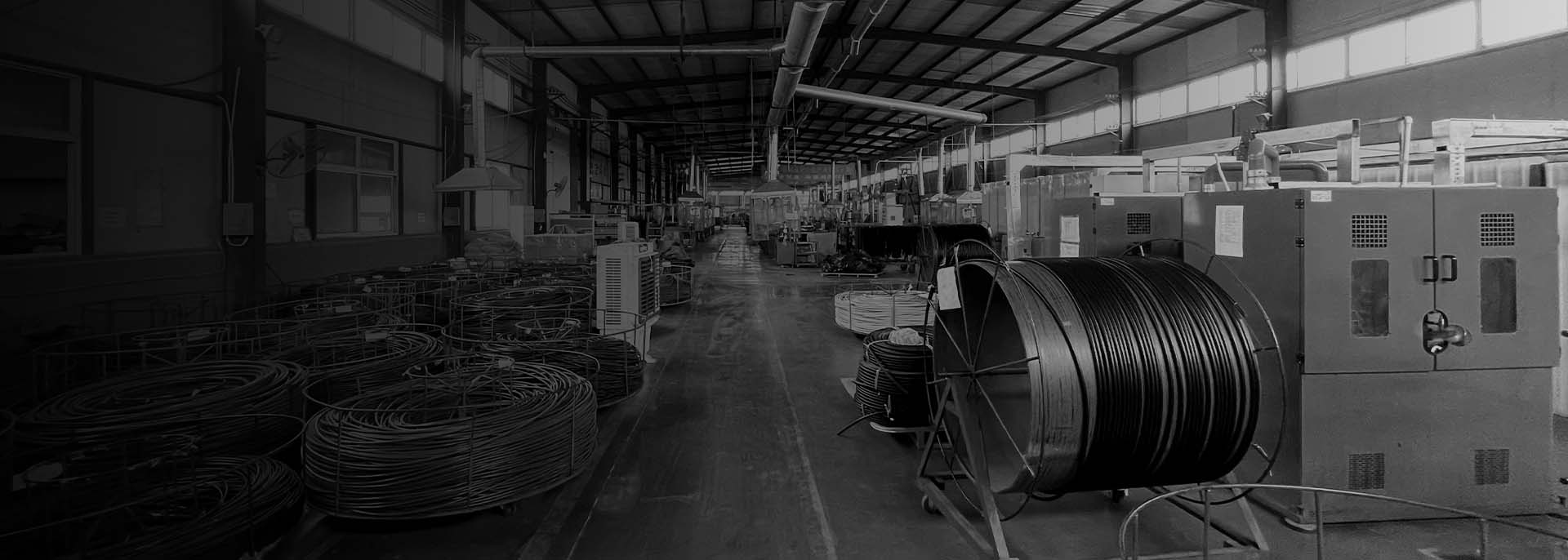Exploring the Importance and Maintenance of Power Steering Hoses in Vehicle Performance and Safety
Understanding Power Steering Hoses Essential Components for Vehicle Performance
Power steering systems are integral to modern vehicles, providing essential assistance to the driver when steering the wheels. One of the critical components that enable this functionality is the power steering hose. These hoses connect the power steering pump to the steering gear, playing a pivotal role in maintaining the performance and efficiency of the steering system. In this article, we will explore the importance of power steering hoses, their types, maintenance, and signs of wear that every vehicle owner should be aware of.
Importance of Power Steering Hoses
Power steering hoses are designed to transport hydraulic fluid under high pressure. This fluid is crucial for enabling the power steering system to assist in steering the vehicle. When you turn the steering wheel, the power steering pump sends fluid through these hoses to the steering gear. The pressure generated by the fluid helps reduce the effort needed to turn the wheel, facilitating smoother and more controlled driving.
Given their role, power steering hoses are subjected to significant stress and strain. Therefore, the materials used in their construction must be durable and resistant to wear, heat, and corrosion. Typically, power steering hoses are made from rubber or thermoplastic materials, which provide flexibility and strength necessary to withstand the high pressures involved.
Types of Power Steering Hoses
There are two primary types of power steering hoses high-pressure hoses and low-pressure return hoses.
1. High-Pressure Hoses These hoses transport hydraulic fluid directly from the power steering pump to the steering gear. Due to the high pressure exerted by the fluid, high-pressure hoses are constructed with reinforced materials to prevent leaks and ruptures.
2. Low-Pressure Return Hoses After the hydraulic fluid has assisted in steering the vehicle, it returns to the power steering reservoir through low-pressure return hoses. While these hoses operate under less pressure compared to high-pressure hoses, they still must be robust enough to prevent leaks and withstand temperature changes.
Maintenance of Power Steering Hoses
power steering hoses

To ensure your vehicle's power steering system operates smoothly, regular maintenance of the power steering hoses is essential
. Here are a few tips that vehicle owners can follow- Visual Inspections Regularly check the hoses for any signs of wear, such as cracks, fraying, or leaks. Look for fluid stains around the hoses, as this can indicate a leak.
- Fluid Levels Keep an eye on the power steering fluid levels in the reservoir. Low fluid levels can lead to increased strain on the hoses and other system components.
- Routine Replacements Over time, hoses can degrade due to heat, pressure, and exposure to various environmental factors. It’s advisable to replace power steering hoses every 50,000 to 70,000 miles or as recommended by your vehicle's manufacturer.
Signs of Wear and Tear
Being aware of the signs that may indicate worn-out power steering hoses can save you from more significant and costly issues down the line. Some common signs include
- Steering Wheel Resistance If you notice increased difficulty in steering or a stiff steering wheel, it may be a sign of inadequate fluid flow due to a damaged hose.
- Fluid Leaks Puddles of reddish fluid under your vehicle can indicate a power steering fluid leak from the hoses.
- Noise When Steering Unusual whining or groaning noises while steering can also point to issues within the power steering system, potentially stemming from faulty hoses.
In conclusion, power steering hoses are vital components that play a crucial role in ensuring a vehicle's drivability and safety. Regular inspection and maintenance of these hoses contribute to the efficient functioning of the power steering system and, ultimately, the overall performance of the vehicle. Being proactive in hose care can lead to a smoother driving experience and prevent more severe mechanical failures.
-
Ultimate Spiral Protection for Hoses & CablesNewsJun.26,2025
-
The Ultimate Quick-Connect Solutions for Every NeedNewsJun.26,2025
-
SAE J1401 Brake Hose: Reliable Choice for Safe BrakingNewsJun.26,2025
-
Reliable J2064 A/C Hoses for Real-World Cooling NeedsNewsJun.26,2025
-
Heavy-Duty Sewer Jetting Hoses Built to LastNewsJun.26,2025
-
Fix Power Steering Tube Leaks Fast – Durable & Affordable SolutionNewsJun.26,2025

